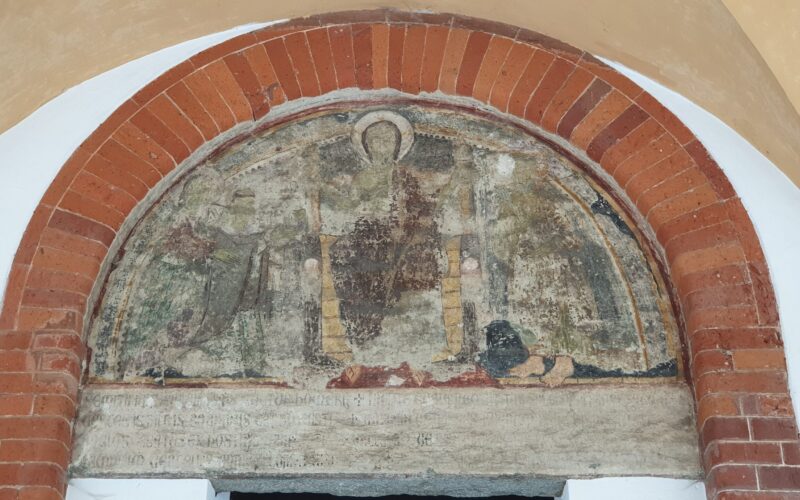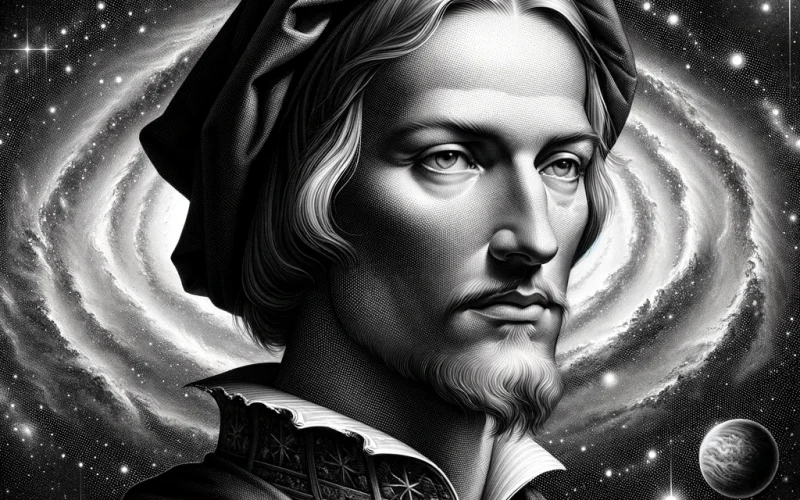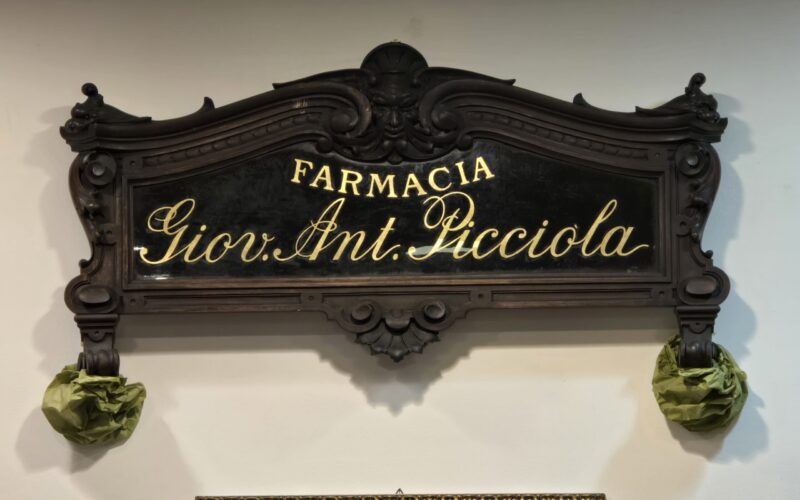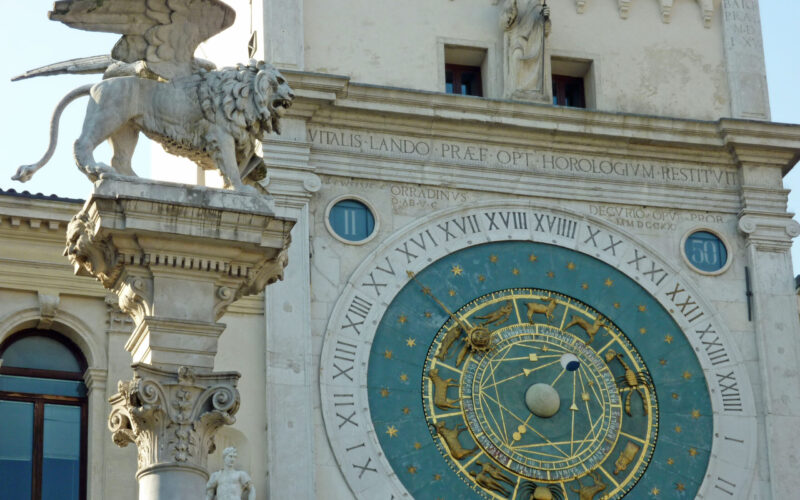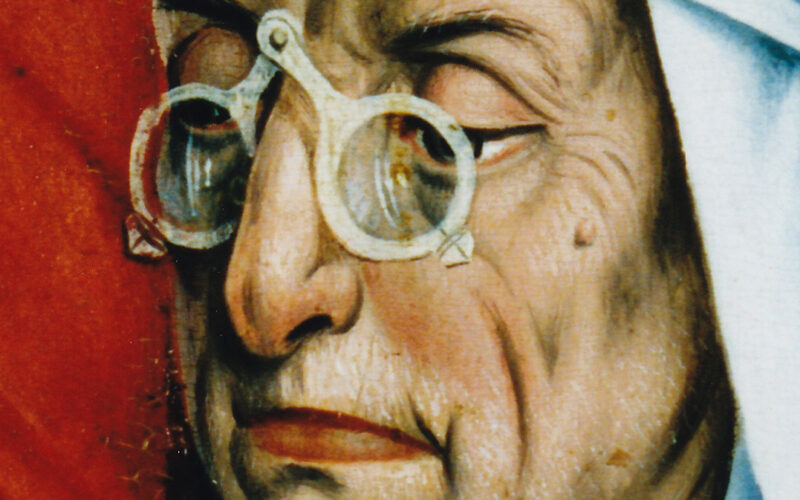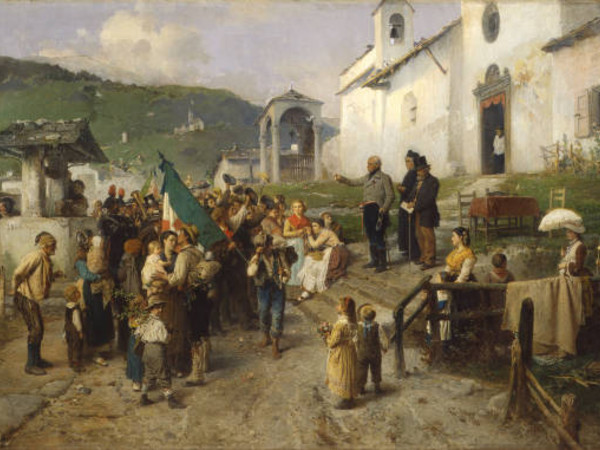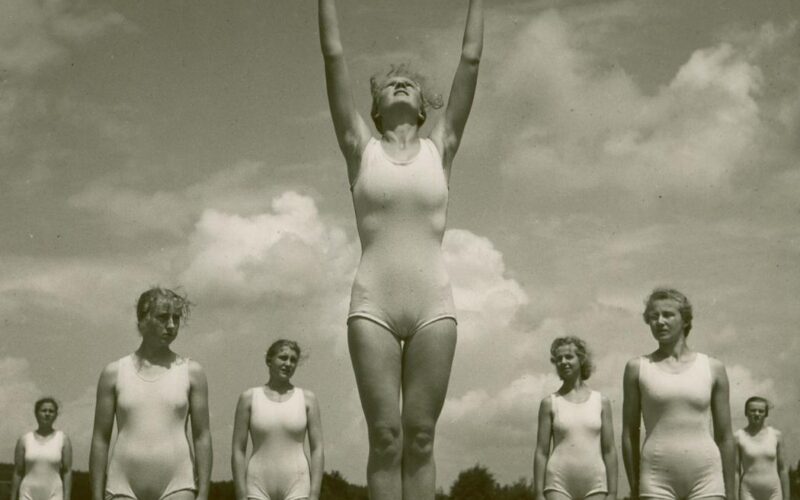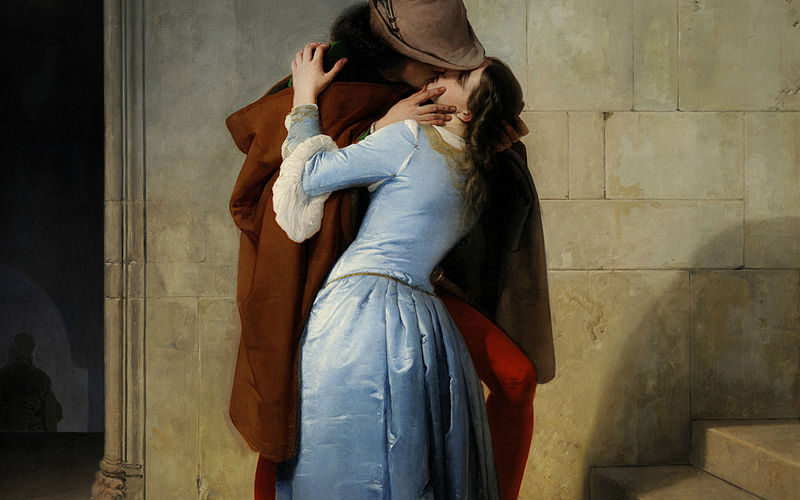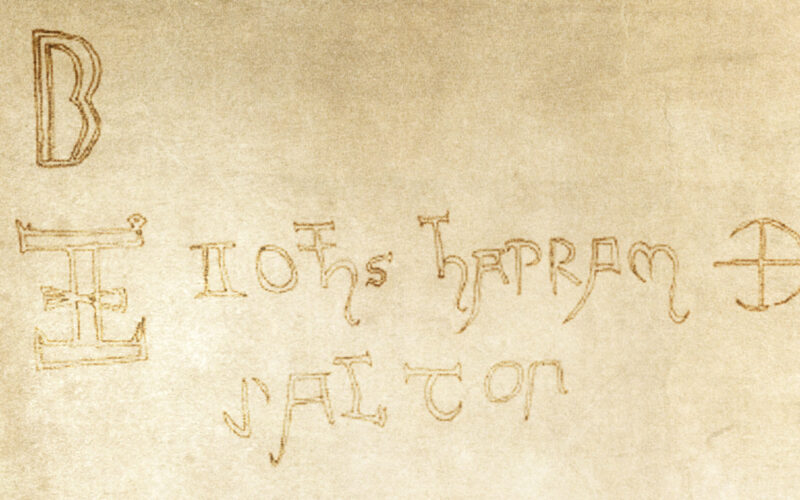
Uncovering the Medieval Graffiti of Sant’Andrea Basilica in Vercelli
The Basilica of Sant’Andrea in Vercelli, a splendid example of Gothic-Romanesque architecture, was built at the behest of Cardinal Guala Bicchieri between 1219 and 1227. This monument not only represents an architectural masterpiece but also houses precious medieval graffiti, a hidden heritage that deserves to be highlighted in tourist and historical guides.On the occasion of the 800th anniversary of the basilica's foundation, the Artes Liberales Association of Vercelli displayed photographic reproductions of some of these graffiti in the exhibition “Harmonies between Romanesque and Gothic.” Documented by the Vercelli Archaeological Group, these include symbols, inscriptions, and decorations that offer a fascinating…

